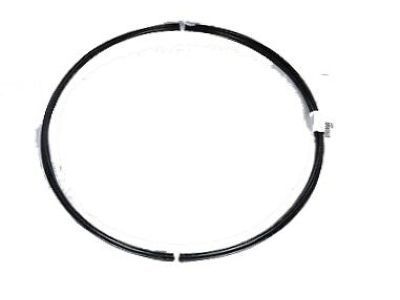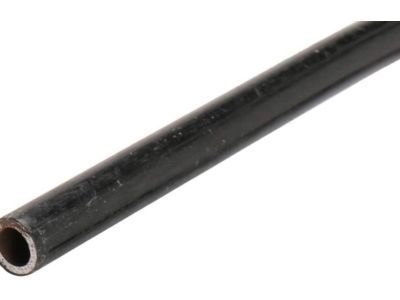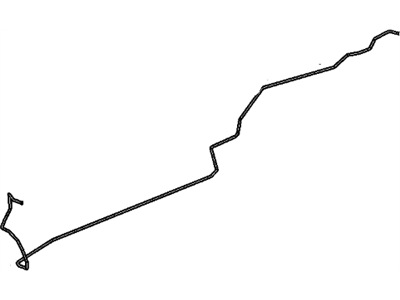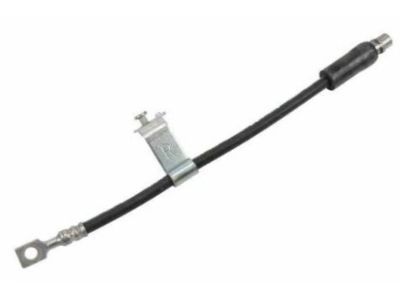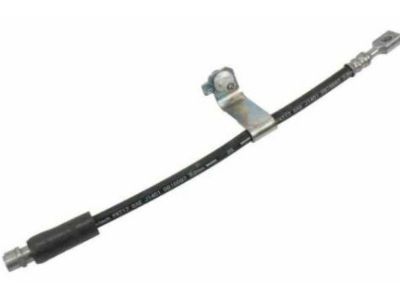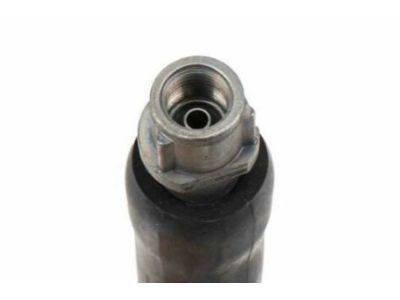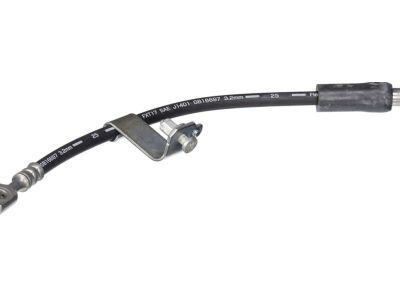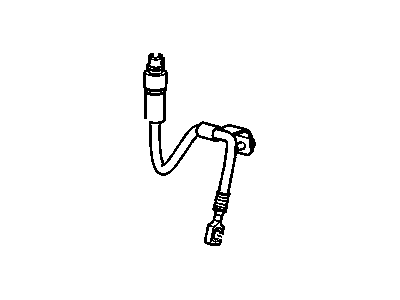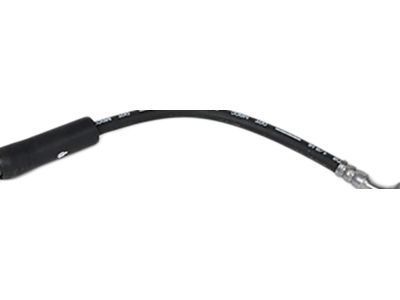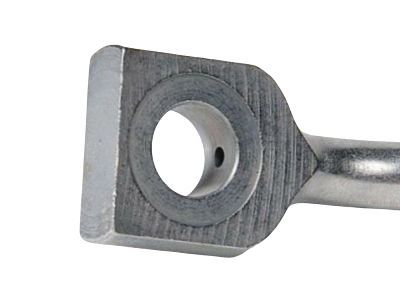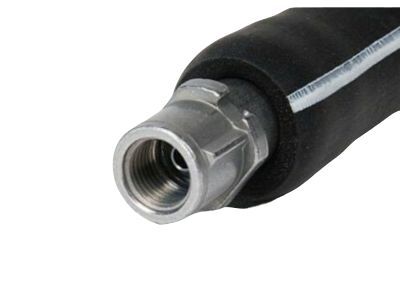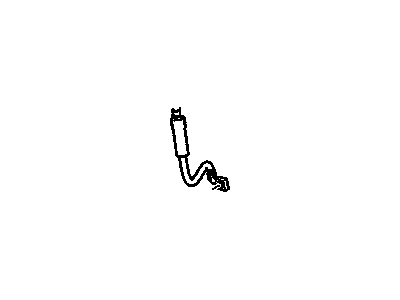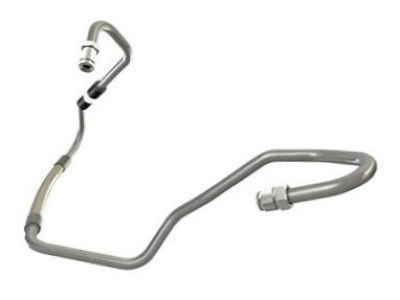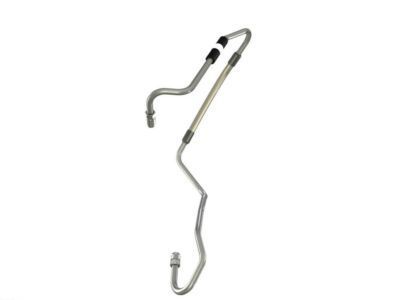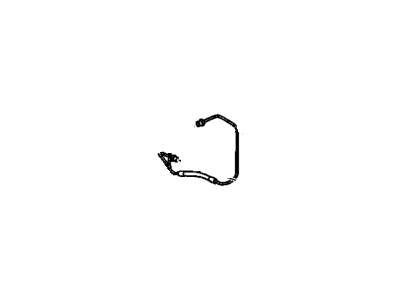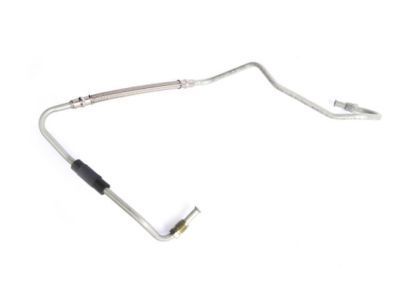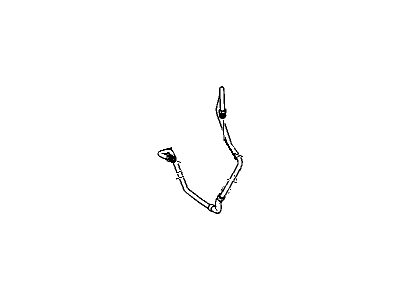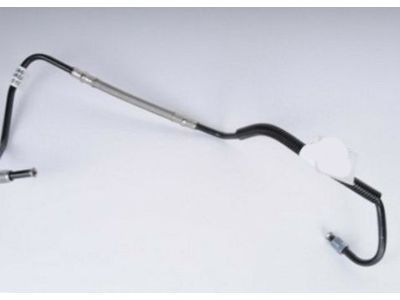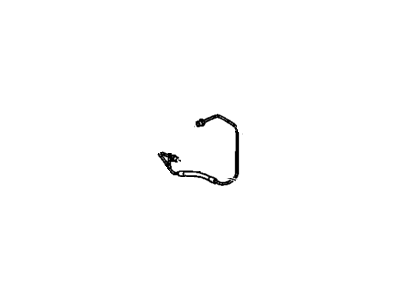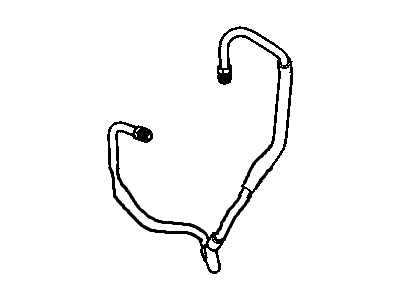
My Garage
My Account
Cart
Genuine Pontiac G6 Brake Line
Brake Hose- Select Vehicle by Model
- Select Vehicle by VIN
Select Vehicle by Model
orMake
Model
Year
Select Vehicle by VIN
For the most accurate results, select vehicle by your VIN (Vehicle Identification Number).
12 Brake Lines found
Pontiac G6 Pipe,Brake
Part Number: 88983905$68.37 MSRP: $134.44You Save: $66.07 (50%)Ships in 1-3 Business DaysPontiac G6 Hose,Front Brake
Part Number: 25874781$24.18 MSRP: $45.65You Save: $21.47 (48%)Ships in 1-2 Business DaysPontiac G6 Hose,Rear Brake
Part Number: 25874786$34.11 MSRP: $64.80You Save: $30.69 (48%)Ships in 1-2 Business Days
Pontiac G6 Brake Line
The Brake Line is a vital linkage system in any vehicle, particularly the Pontiac G6, that enables the transportation of brake fluid from the master cylinder to the brake caliper pistons to enable the hydraulic functioning of brake systems. Its design allows stopping/slowing of the vehicle as desired when the brake pedal is operated. Yearly, the brake lines used in the Pontiac G6 models have been metallic lines that experience corrosion issues and the rubber hoses that have problems of both external and internal wears. Metal brake lines undergo corrosion which compromises the fluid and in turn the hydraulic pressure while rubber hoses can crack or abraded. Other improvements that may be useful include replacement of rubber hoses with braided stainless steel brake lines as these deliver a considerably firmer pedal feel. In general, it can be pointed out that it is important to keep intact the Brake Line in order to drive the Pontiac G6 safely.
Each OEM Pontiac G6 Brake Line we offer is competitively priced and comes with the assurance of the manufacturer's warranty for the part. Furthermore, we guarantee the speedy delivery of your orders right to your doorstep. Our hassle-free return policy is also in place for your peace of mind.
Pontiac G6 Brake Line Parts Questions & Experts Answers
- Q: How often should you inspect the flexible hoses connecting the steel brake lines to the brake assemblies on Pontiac G6?A:Semi-annually or every 6,000 miles with the vehicle off the ground and supported safely by jackstands check the flexible hoses which connect the steel brake lines to the front and rear brake assemblies for cracks, chafing, leaks, blisters and other signs of damage for these components are amongst the very important break system components which should be inspected possibly with the help of a light and mechanics mirror. If any defects are noticed then it is recommended that the hose must be replaced with a fresh one. The first thing that needs to be done is to remove dirt from hose ends and to unscrew the metal line, going through all the path of the hose towards the brake caliper, and to remove any brackets used for securing the hose. When removing a brake hose from the brake line, it is required to use a flare-nut wrench to undo the metal tube nut, along with another wrench that holds the hose fitting, and plug or cap all openings are to be plugged in order to avoid contamination, then, remove the hose from the frame bracket and remove the retaining clip. Remove the hose fitting from the caliper, remove the sealing washers and then secure the new brake hose by means of the new sealing washers. For the hose reconnection to the metal line, make sure that there are no twists in the hose, place and lock the retaining clip in position and tight the metal tube nut to its maximum extent. Replace any brackets that received the hose and make sure that suspension or steering elements do not come into contact with the hose, and with an assistant standing beside the car press down on the vehicle while turning the steering wheel through lock-to-lock. Thus, in case the replacement hose is identical to the original in size and the routing is similar, it cannot touch other parts. Following the installation ensuring that the master cylinder fluid level is correct or topped up depending on this, bleeding of the entire brake system and a slow and cautious application of brakes before normal usage of the vehicle is advisable. If you are changing brake lines, then do it right and do not use copper tubing, buy steel brake lines at the dealer or in the auto parts store. Cores of brake lines with tube ends flared and with terminal fittings provided are obtainable and these can be bent to required shapes through a tubing bender. Make sure the new line is adequately grounded and shielded in brackets with an adequate margin to other moving or hot parts. Although it is not detailed here the following generalities can be given: After the installation of the master cylinder it is recommended to check the fluid level added the fluid and if needed bleed the brake system and the brakes should be thoroughly tested before normal use.
